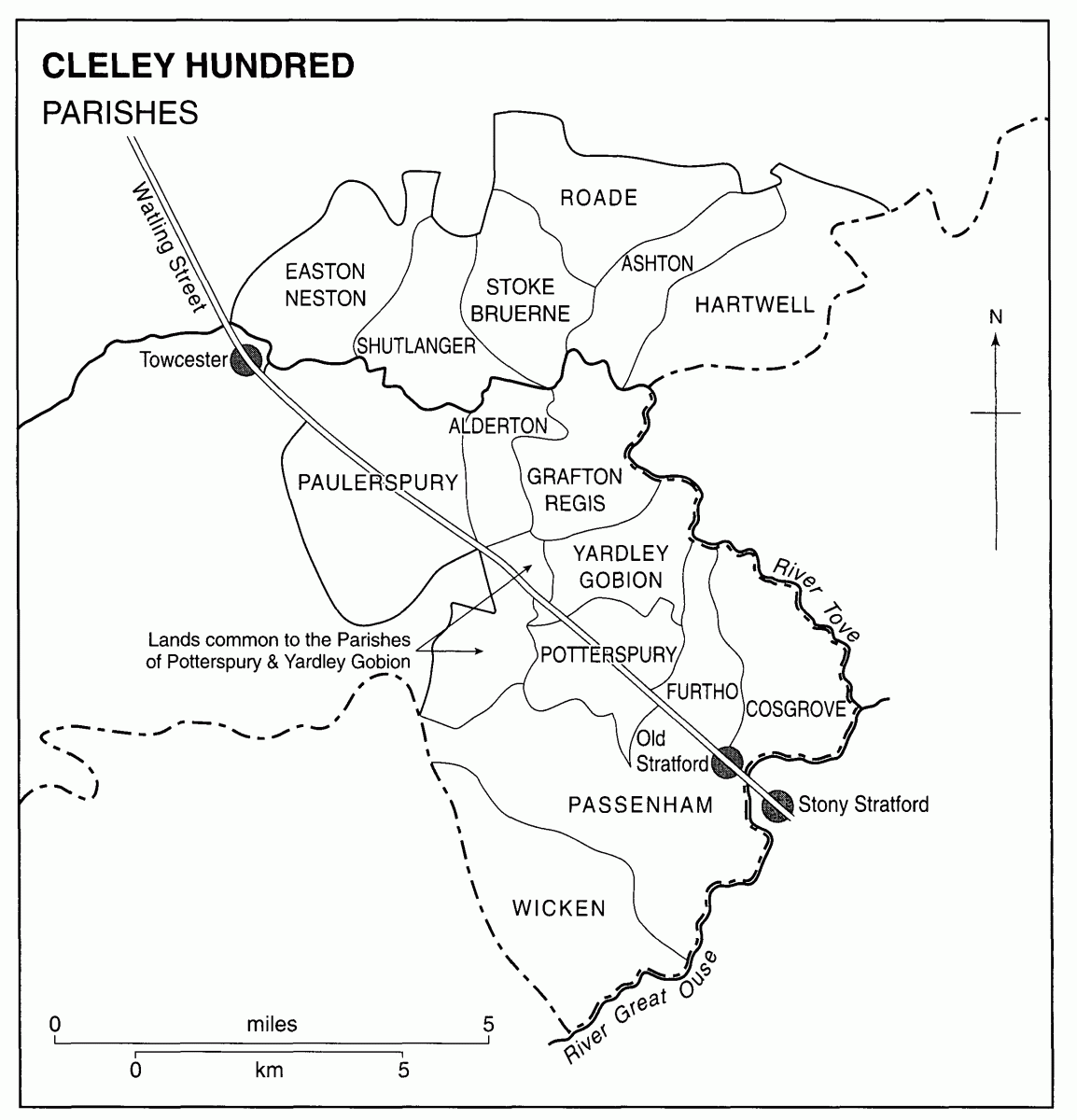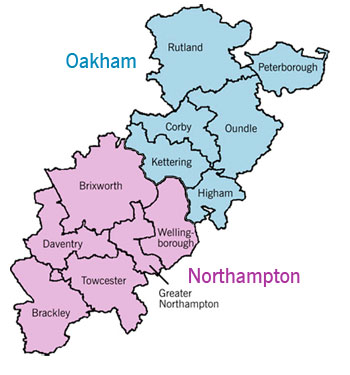
What happens in a Communion service?
What is the difference between a Priest, a Rector, a Vicar and a Curate?
Where does the name South Cleley come from?
What happens in a Communion service?
During Holy Communion we remember the events of the Last Supper when Jesus shared bread and wine with his disciples and commanded them to repeat this “in remembrance of me”.
When we take Communion we are linked to Jesus and, through Him, to everyone else who receives Communion, wherever and whenever they do so. It is the great unifying moment for Christians.
The service can be divided into three parts. In the first part, we prepare ourselves to receive Communion; that leads up to the Peace (of which more later). In the middle part the Priest reminds us of the reason for Communion, and then there is a brief period after Communion during which we give thanks for this great gift.
In a service in church, we sit or kneel for most of it, standing (if we are able) to sing hymns, to say the Creed and to hear the Gospel read. Just do what everybody else does! For an online service, we try to avoid distractions and sit throughout. Whether from a service booklet, or from words on our screen, we say together any words printed in bold type.
We begin the service by reviewing the things that we have done wrong and asking for forgiveness so that we can come to Communion with a clean sheet. If we are truly sorry, forgiveness is guaranteed, and the Priest will pronounce it. We have bible readings, usually followed by a sermon, then we join in saying the Creed together. The Creed reminds us what we, as a church, believe. After this we greet one another with the Peace. In church, this is usually a handshake or a kiss, and we wish each other “Peace be with you!”. You do not have to join in – some people prefer not to – nor do you have to shake hands with everyone.
If there is going to be a collection it usually takes place immediately after the Peace. Contributions are always welcome but please do not feel compelled to give.
In the middle section the Priest says the Eucharistic prayer. Eucharist comes from the Greek for thank you. After the Priest says “Draw near with faith…” those of us who want to share in Communion will form a line. You will be welcome to join in, but you can also stay in your place or you can join the line but choose just to receive a blessing, just as young children will. The usual way to show the Priest what you want is to hold your hands palms upwards to receive Communion, but keep them in front of you if you prefer to be blessed.
After Communion we give thanks for what we have received, and then the Priest will send us out into the world, reminding us to “Go in Peace to love and serve the Lord”.
What is the difference between a Priest, a Rector, a Vicar and a Curate?
A priest’s training takes place in stages. Partway through their training they are ordained as Deacons. Later they will undergo a second ordination to become priests. A curate has been ordained deacon, and after a year will be ordained priest, but is then training under supervision in a parish before looking for a parish of their own.
Strictly speaking, those curates are “assistant curates”, because vicars are themselves curates.
The difference between Vicars and Rectors is a quirk of church history. Priests used to be funded by the income from lands donated to the church. A Rector received all the income, whereas a Vicar had to share it. Nowadays clergy receive a stipend so the difference between Rectors and Vicars has vanished.
The exception to this is in Team Ministries. Some parishes are combined under a group of priests, in which case they are described as Team Vicars and their leader is the Team Rector.
The individual unit of the Church of England is the parish. With declining numbers of priests it is not possible to have one priest to each parish. Parishes are sometimes joined together in benefices, sharing a priest between them.
The degree to which they join can vary. Sometimes they become completely united in every respect. At other times, as in South Cleley, the parishes remain legally separate but with the same Rector.
Where does the name South Cleley come from?
The county of Northamptonshire was divided into smaller administrative units called hundreds, which usually took their name from their meeting place. As you can see from the map, our benefice occupies most of South Cleley (but not Passenham and Deanshanger).


Parishes are joined together in a group called a Deanery. Typically these contain around ten parishes or benefices - ours is Towcester Deanery.
Each Deanery is supervised by a Rural Dean, who is one of the clergy in the Deanery. In the absence of a priest in a parish, the Rural Dean acts instead. You can find more details here.
If you have any questions you would like answered, please contact us.